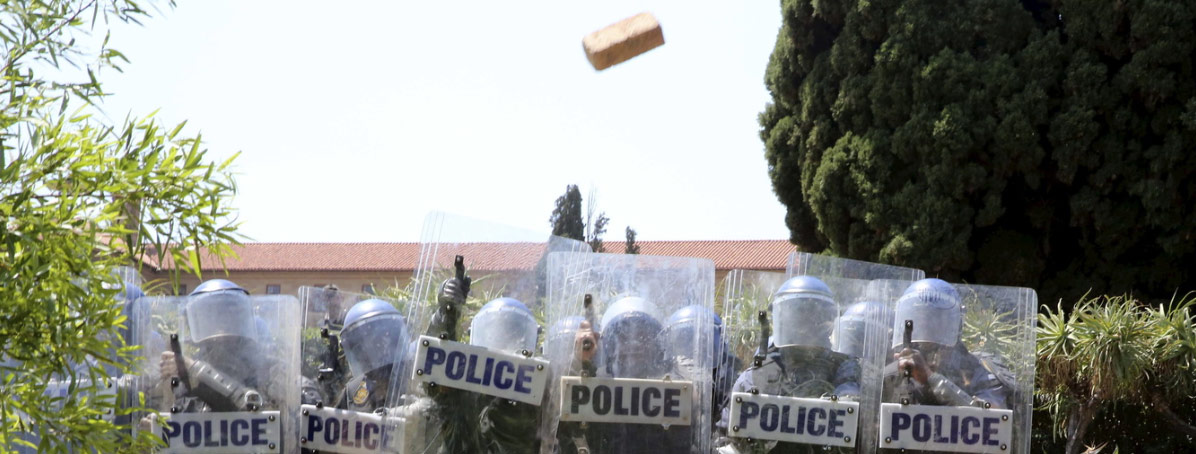Article and image courtesy of: https://theconversation.com/
In the wake of the student protests on South African campuses, universities need to engage in some critical reflection. Did their responses protect the constitutional rights and freedoms of those engaging in the protests, as well as those not wishing to? How did university responses relate to police responses? And were police responses proportional to the level of threat posed to public safety?
Sadly, many universities did not adequately rise to the challenge, and some engaged in deeply worrying violations of students’ rights and freedom.
Freedom of assembly
Although not apparent from the media coverage, the protests were overwhelmingly peaceful and highly disciplined, even if many were disruptive.
But all protest involves some level of disruption, and disruptive protests are not necessarily violent. Disruption may, in fact, be the only way in which protestors can make institutions hear their voices.
Universities need to tolerate peaceful disruptions, as this option is by far the lesser evil by far. The alternative – namely to limit fundamental assembly, association and speech rights – is much more drastic and can have far-reaching consequences for society.
No-one should be criminalised for participating peacefully in a protest, even if the authorities have not been notified as per the Regulation of Gatherings Act, which gives effect to the constitutional right to assembly, demonstration and picket. Such gatherings should not be dispersed.
But many universities may ask: what about the thug element that infected some protests? Individuals that engage in thuggery should be held liable for their actions, as they are infringing the rights of others. This liability, however, should apply to the individual, not to crowds.
Read the full article here





